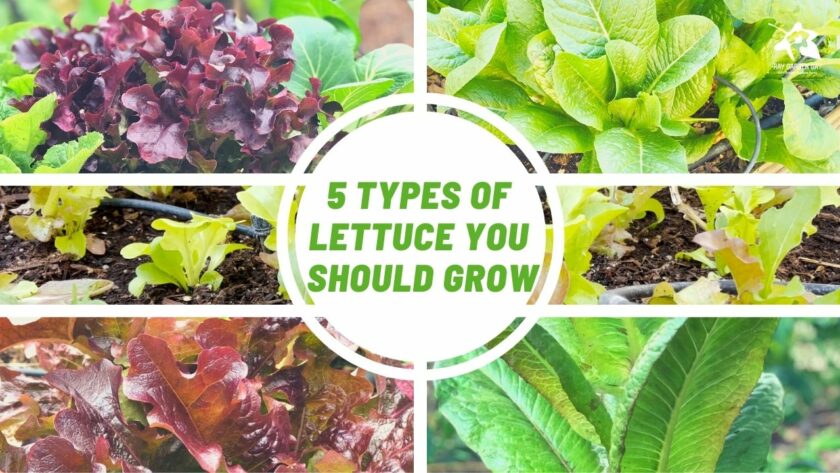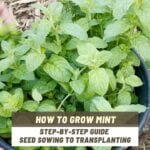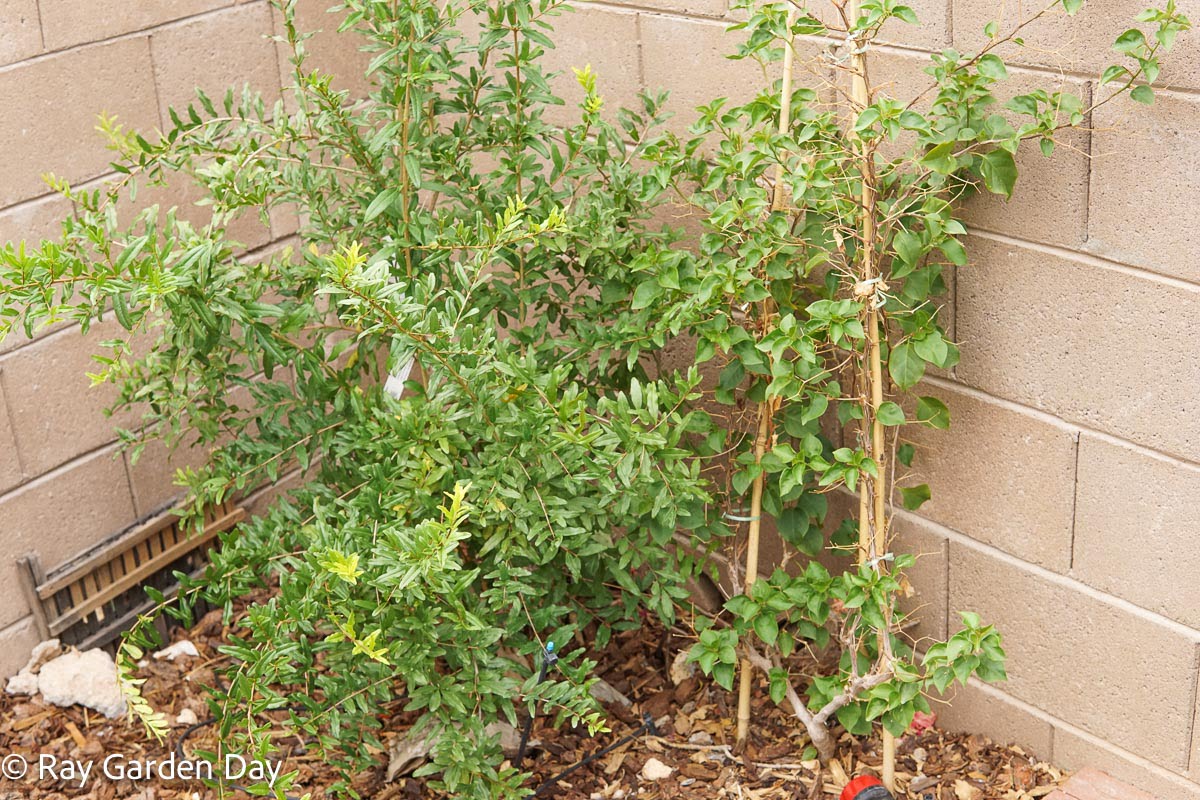If you’re looking for one vegetable to grow that doesn’t take up much space and gives you maximum yield, then you should grow lettuce.
There are many varieties of lettuce to suit every color and taste pallet. First, however, it’s essential to know the five distinct lettuce types so you can narrow down which varieties are suitable for you to grow in your garden.
Crisphead lettuce
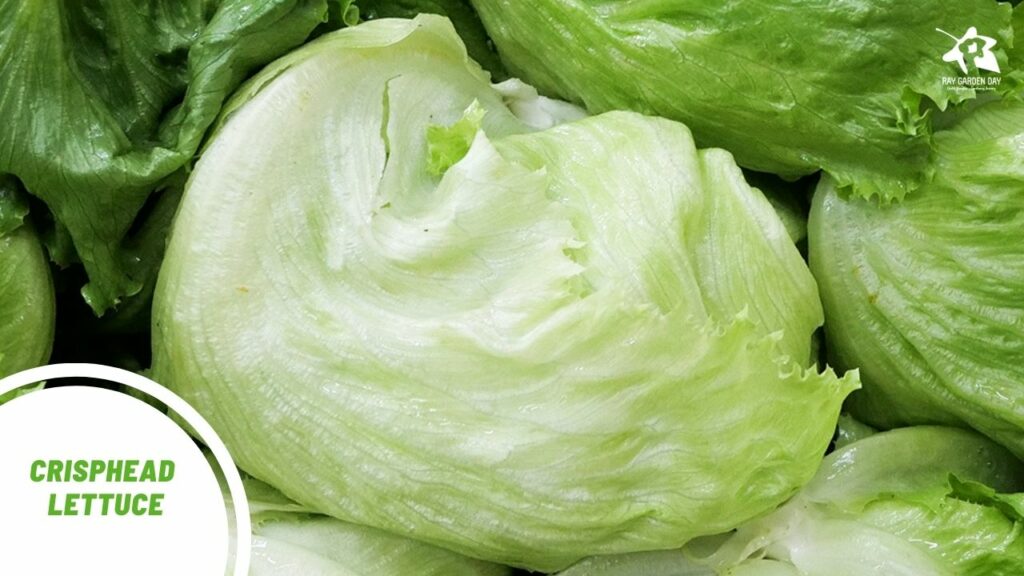
As the title suggests, this type of lettuce is known for its crisp texture and tight cabbage-like head. Iceberg lettuce instantly comes to mind here as it’s the most popular variety cultivated worldwide. This type of lettuce is heat-sensitive, thus requires cooler growing climates.
Butterhead lettuce
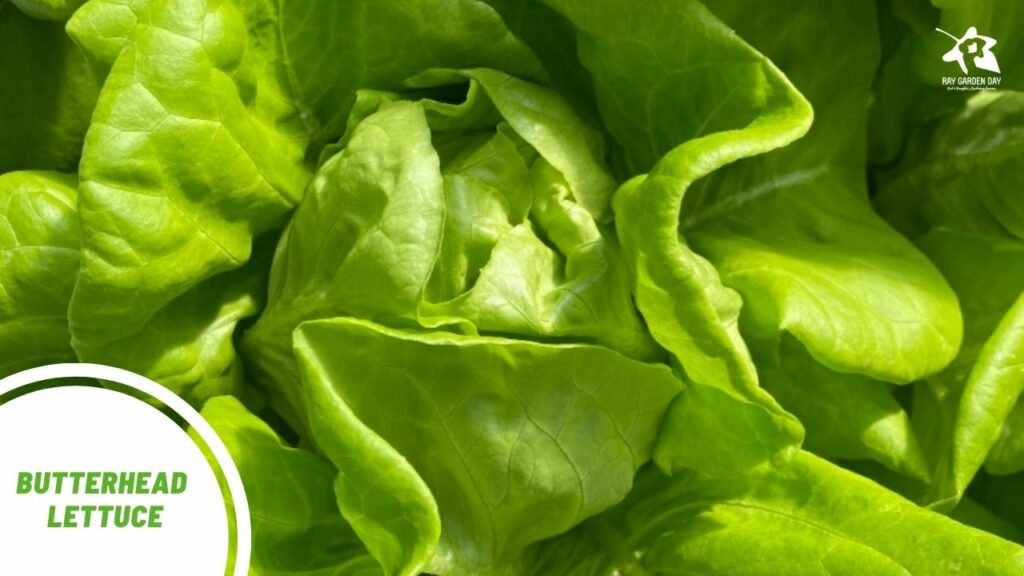
Another type of head lettuce is called Butterhead. The head is leafy and loose rather than tight yet retains the crisp sweetness of crisphead varieties. If you live in a warmer location like me, then the Heirloom Boston lettuce would be the one to grow. Boston lettuce leaves are often used for wraps or paired with light vinaigrettes.
Bibb lettuce is a smaller cousin of the Boston in the Butterhead lettuce family. I like to grow this miniature head lettuce because I can tug them into tight spaces in the raised bed that other plants wouldn’t otherwise take up.
Leaf or loose-leaf lettuce
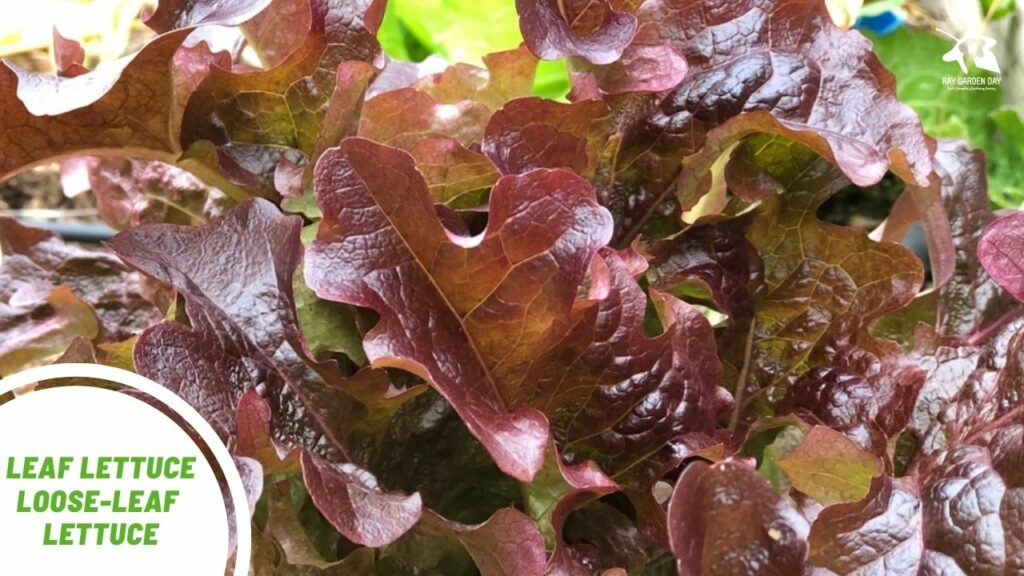
A lettuce type forms large, loose leaves and lobed. The leaves of some varieties can be green or burgundy red. The leaves’ mild, delicate flavor makes them ideal for salads, sandwich filling, or wraps. Leaf lettuce is popular among gardeners because it’s easy to grow. This type of lettuce prefers a cooler climate, but some varieties can be grown successfully in hotter weather. Popular leaf lettuce varieties to grow are:
- Oakleaf
- Red leaf
- Green leaf
- Red Sails
- Saladbowl
- Lollo Rossa
Romaine or Cos lettuce
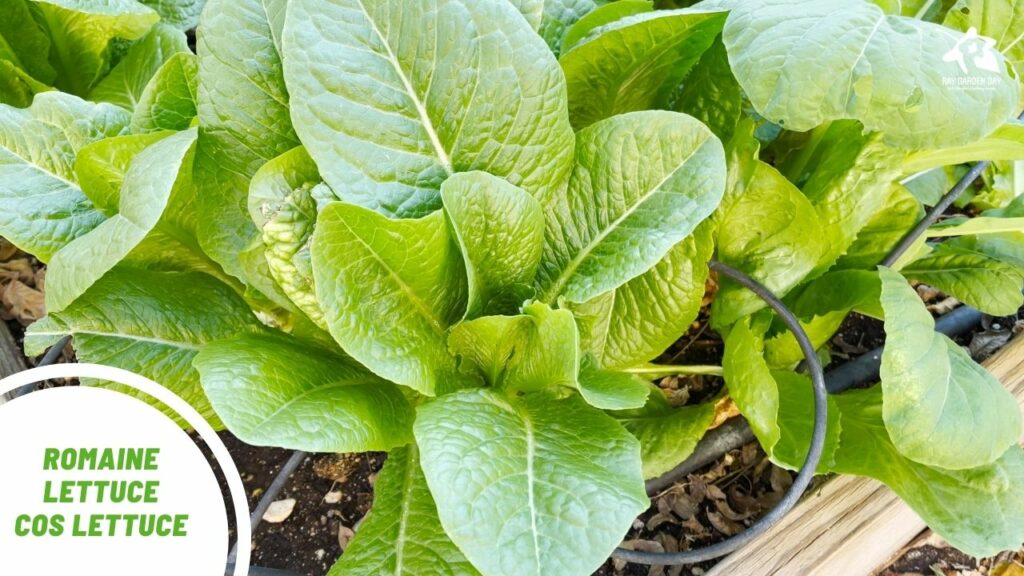
Romaine lettuce type grows upright, forming compact hearts of long, broad leaves. The leaves are crispy, flavorful making them ideal for wraps. Often you’ll find Romaine lettuce in Cesar salad recipes. Some varieties, such as the Parris Island Cos, grow a more open loose leaf habit than those that form compact hearts.
Baby leaf lettuce (Cut-and-come-again method)
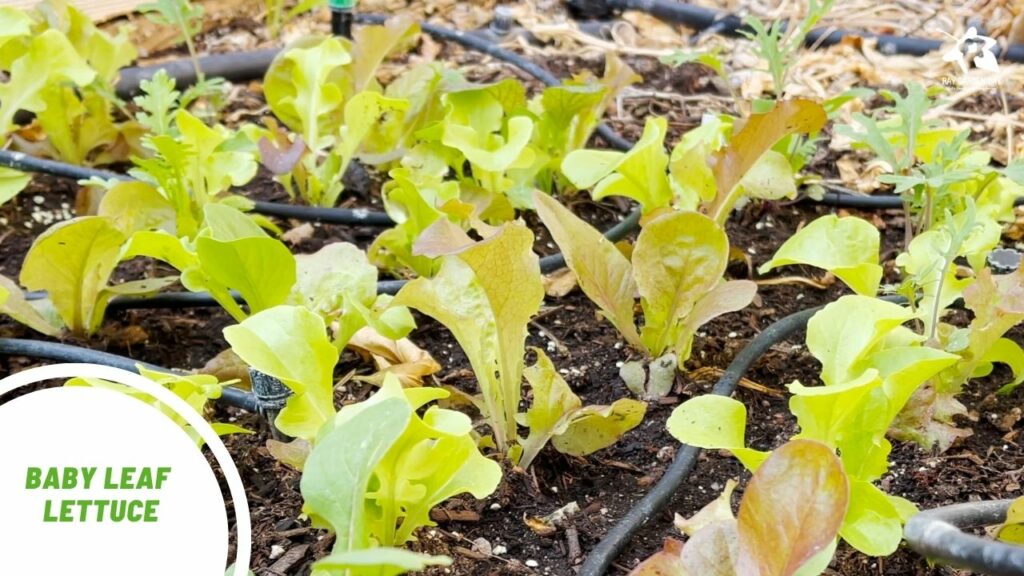
The last classification on this list is more of a growing and harvesting method than a lettuce type. Although, there’re certain varieties better suited for this practice. The cut-and-come-again method focuses on growing lettuces at higher density and harvesting the leaves while they are very young. Harvested lettuce is allowed time to grow back new leaves before the harvest process begins again. Thus, this is my favorite way to grow and harvest lettuces as you don’t need much space. Cut and come again gardening also offers a boost in yields. It does this because of a succession of harvests throughout the season, all from a single plant.
So, what varieties to grow as baby leaf lettuce? I recommend leaf lettuce and those known for their upright growth habit. So, avoid the tight head varieties. Thus, it allows for easier and cleaner harvest. Also, focus on varieties that mature around the same time. For example, if you grow lettuces that mature in 5–6 weeks, it means you’ll be harvesting their baby leaves by the third week.
You can add diversity to your lettuce patch by growing these companion plants that are suited for cut-and-come-again gardening:
- Arugula
- Kale
- Spinach
- Swiss Chard
To save time, I recommend buying a packet of Mesclun seeds containing early sweet lettuces and tender greens pre-mixed to grow together for easy cutting.
Harvest by removing the outer leaves or using a knife, cut the entire plant back 1–2″ above the soil.
